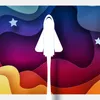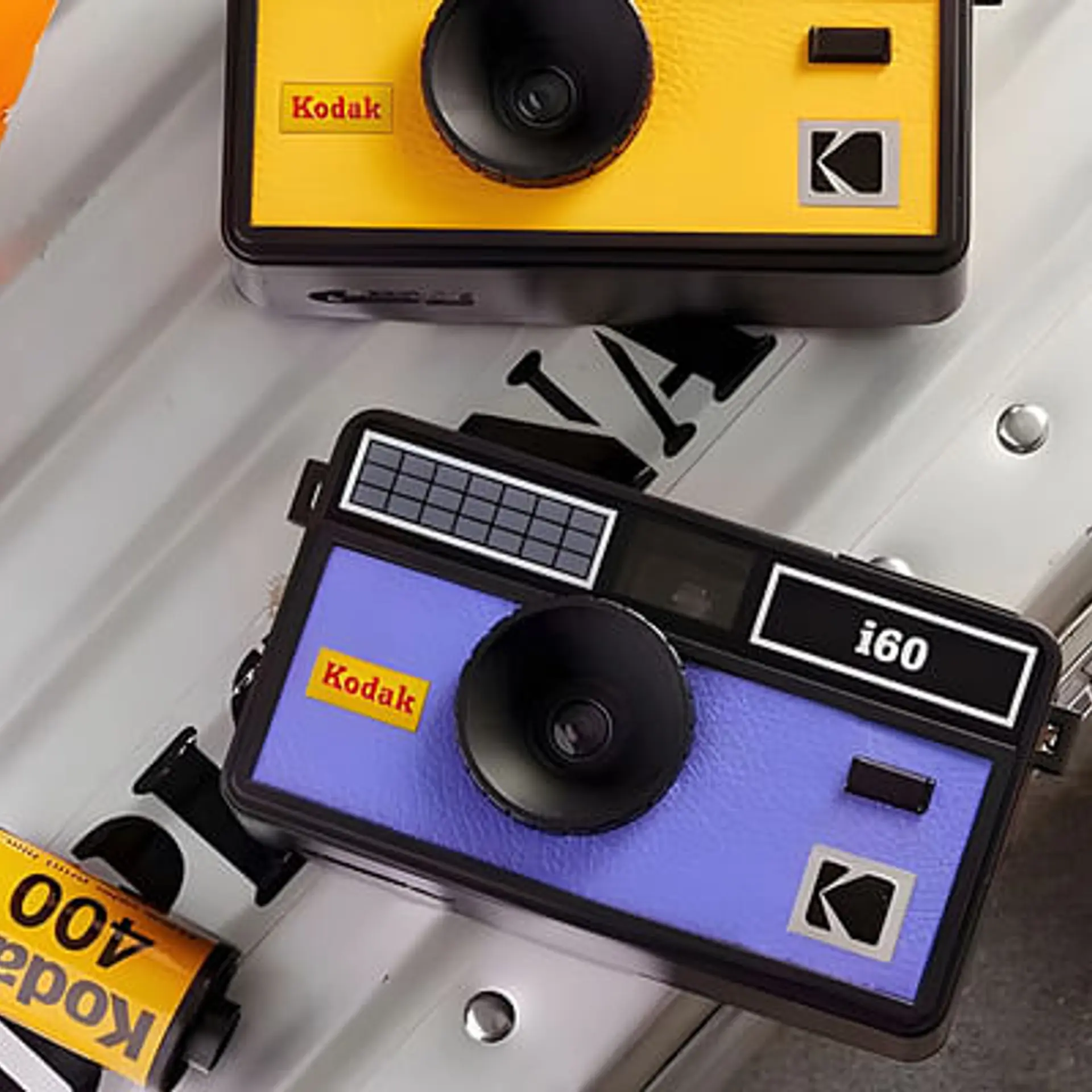Art as equaliser, growth and healing: How culture is showcased at India’s largest art biennale
In our fourth photo essay from the Kochi-Muziris Biennale, we present more outstanding artworks and creativity insights. Read, enjoy, share!
Launched in 2014, PhotoSparks is a weekly feature from YourStory, with photographs that celebrate the spirit of creativity and innovation. In the earlier 685 posts, we featured an art festival, cartoon gallery. world music festival, telecom expo, millets fair, climate change expo, wildlife conference, startup festival, Diwali rangoli, and jazz festival.
Wrapping up in the middle of this month, the fifth edition of the Kochi-Muziris Biennale captures the theme of creativity and resilience. Titled In Our Veins Flow Ink and Fire, the visual art exhibits are spread across 15 large venues, and take more than a few full days to visit and absorb.
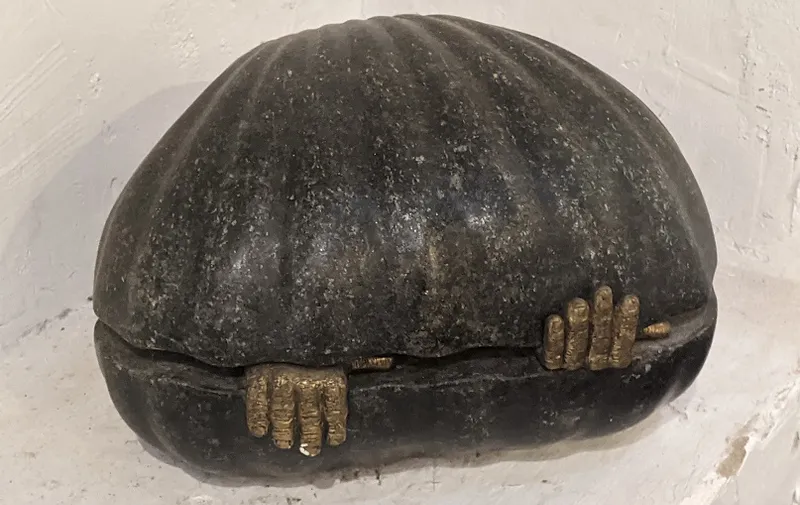
“Art is an opportunity to expand your mind beyond what you know. It is a chance to question what we have been taught and teach us that we can come to your own conclusions rather than the common narrative,” artist-designer Annah Chakola explains, in a chat with YourStory.
“To me art is a great equaliser. Although we have various influences, everyone still starts from a blank slate—there is an innocence to that,” she describes.
She has lived in the US and India, and was invited by the Kochi Biennale team to create the first official shop for the art festival. “I truly believe art is a healer and a medium to release so many emotions, be it happiness, anger or sadness,” Annah adds.
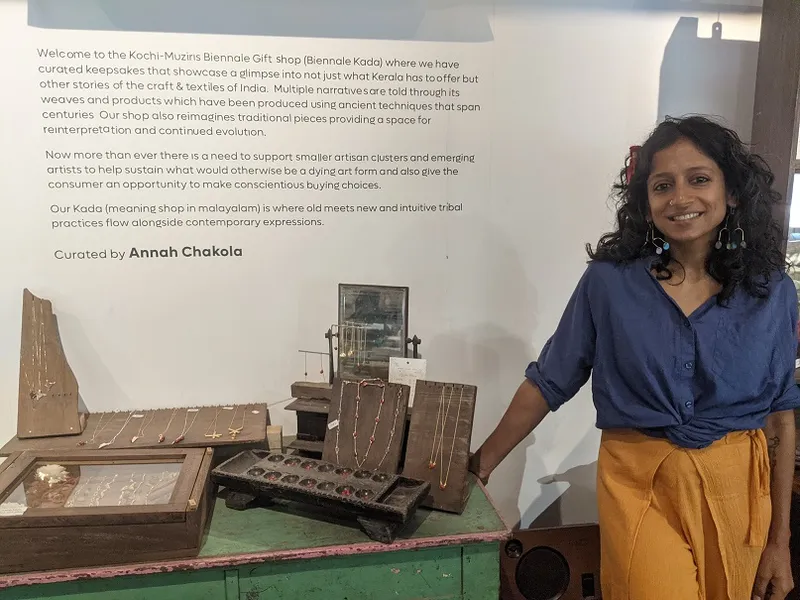
Annah Chakola
In this photo essay, we showcase some of the artworks from David Hall, Mocha Art Cafe, Pepper House, and the Student Biennale venues. Featured artists include Jim Lambie (Zobop psychedelic floor) and Siddhartha Art Foundation (Memories of Home migrant works).
One of the provocative exhibitions is titled Geographies of Imagination: My Language is a Bedouin Thief. The exhibits showcase the plight of those are unjustly displaced, persecuted, enslaved, or imprisoned. It asks viewers: How does one belong to a territory that resists inclusion?
Shubham Raj Ahirwar, from the Government College of Fine Arts, Jabalpur presents a gripping series of photographs on the pandemic. They capture the isolation and loneliness during the COVID-19 lockdowns.
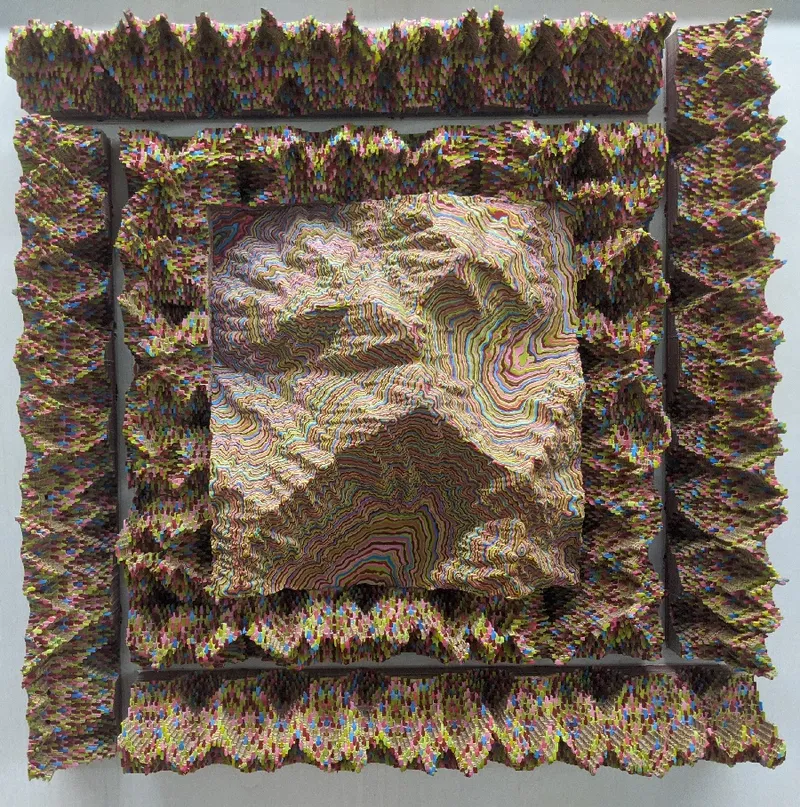
Pritam Das, from Visva Bharati University, showcases artworks on the Singur land movement. The hues reflect earthiness and the plight of distressed agricultural communities.
Topographies and layered perspectives are some of the themes presented by Japanese artist Yohei Imamura. Some of the three-dimensional artworks reflect Yohei’s experience as a mountain climber.
Pio Abad and Frances Wadsworth Jones, who work in the US and Philippines, present a reconstruction of the Kokoshnik Tiara. The Russian jewel later appeared in the collection of Imelda Marcos, and is now locked in a bank vault.
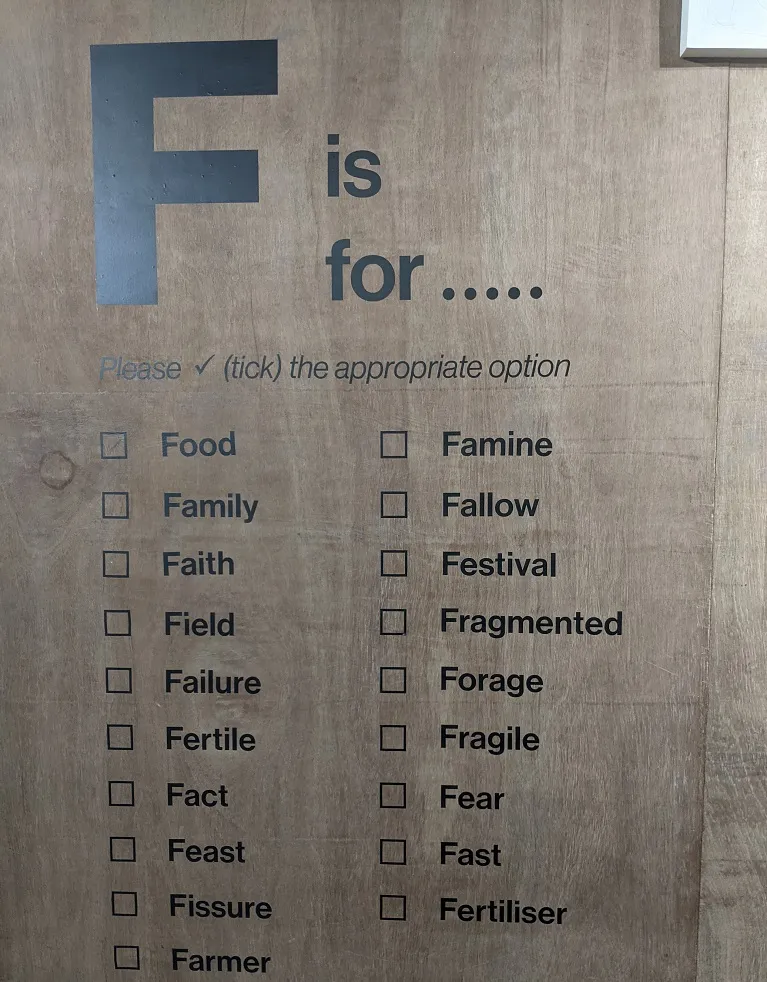
Palestinian artist Basma Alsharif addresses themes of displacement and resettlement in his artworks derived from photographs. Another exhibition section focuses on the impact of the conflicts in Kashmir.
“The Kochi Biennale is truly a democratic art event and it was important for that ethos to be translated into the store too. This meant having a little bit to take away for everyone from all walks of life,” Annah explains.
See also our earlier six-part photo essay series on the fourth edition of the Biennale here, as well as coverage of the Aichi Triennale (Japan) and Bangkok Biennale (Thailand).
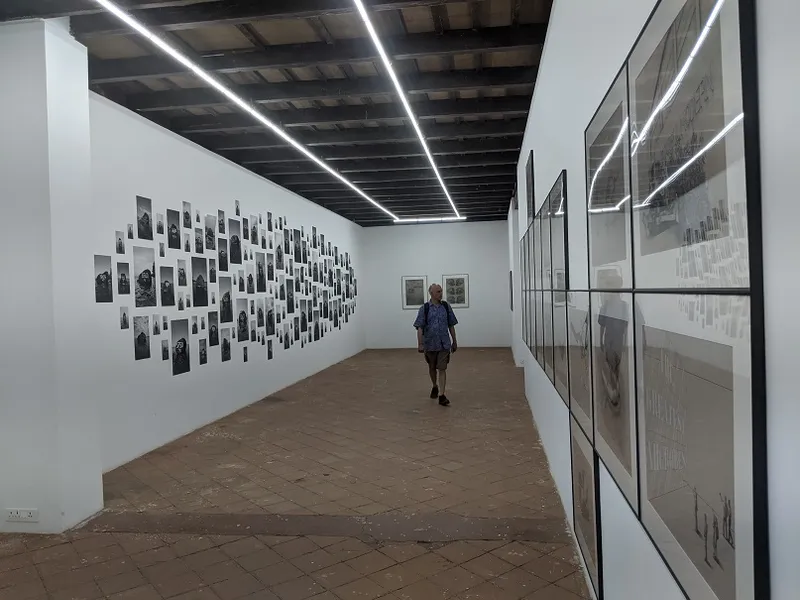
Exploring stories of the crafts of India in a simple contemporary manner was Annah’s main objective across the Biennale shop. “I tried to have a little bit from different regions and communities that people could take away after immersing themselves into the world of art for a few days,” she recalls.
“Everything in the store is hand-crafted—from the sketchbooks to the fun tape measure we made of ikat fabric from Telangana. I also made sure we kept the vibe in the shop light,” Annah adds.
“For Biennale visitors who spend all day viewing art, it can get deeply reflective and sometimes a bit heavy," she observes.
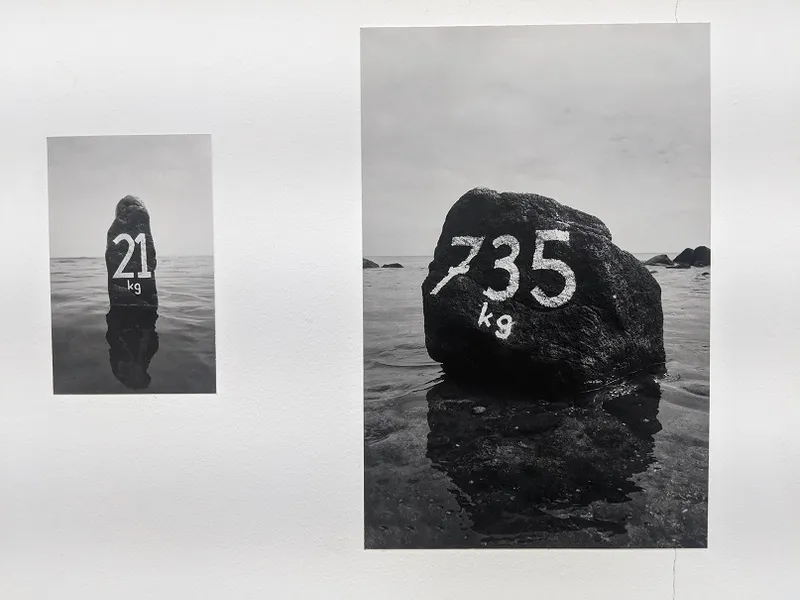
"So we made sure that when a person walked in, they could exhale for a moment and explore all the nooks we set up across the shop while they swayed to our playlist of the day," she describes.
"This started to become very popular and took on a life of its own,” Annah proudly signs off.
Now, what have you done today to pause in your busy schedule and find new avenues to apply your creativity?
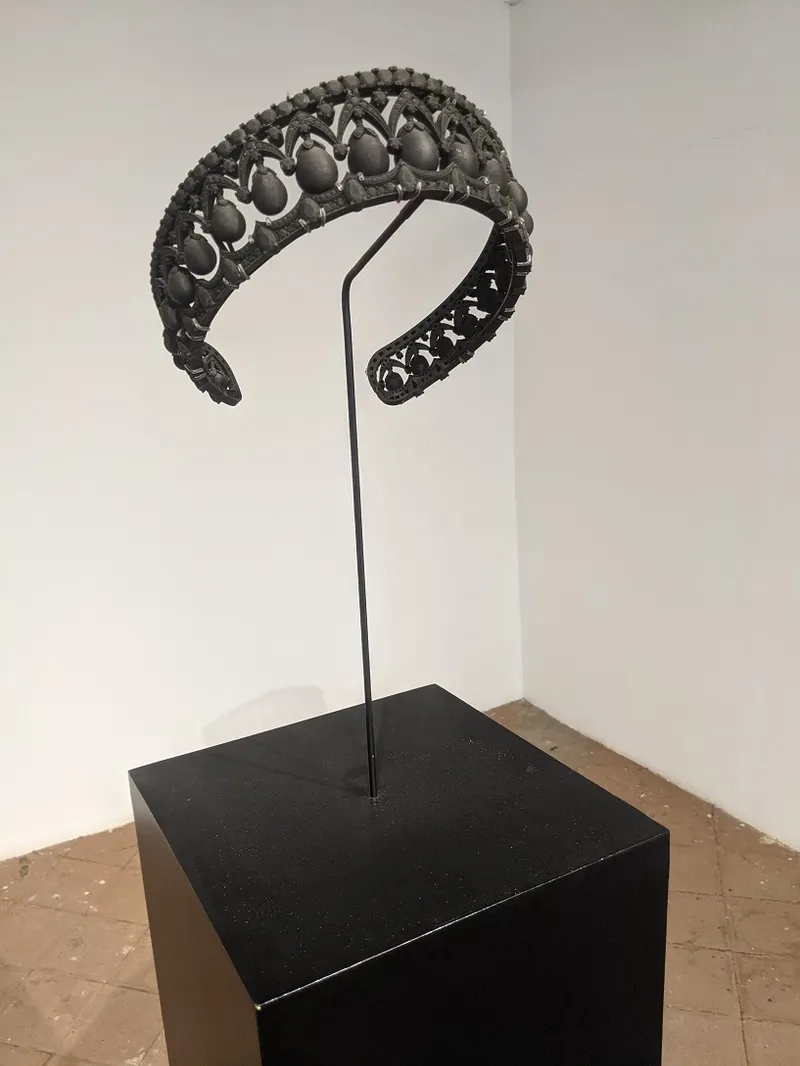
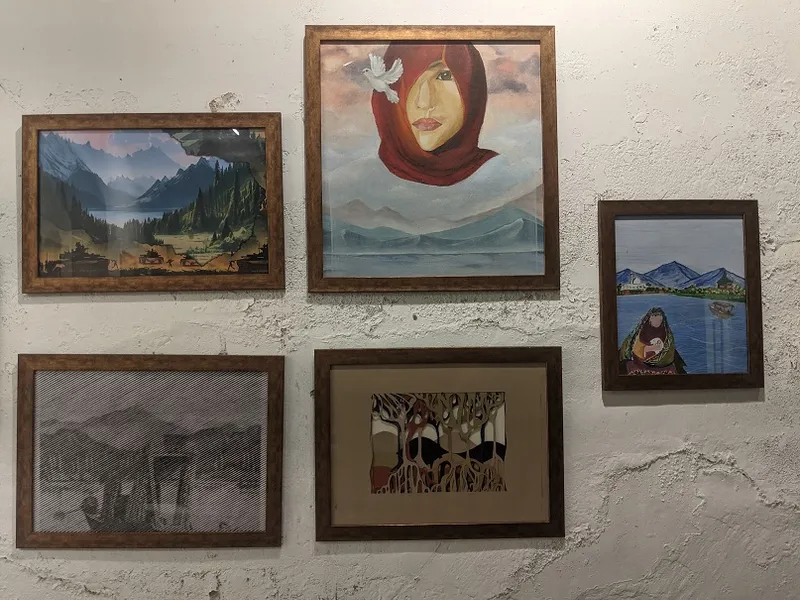
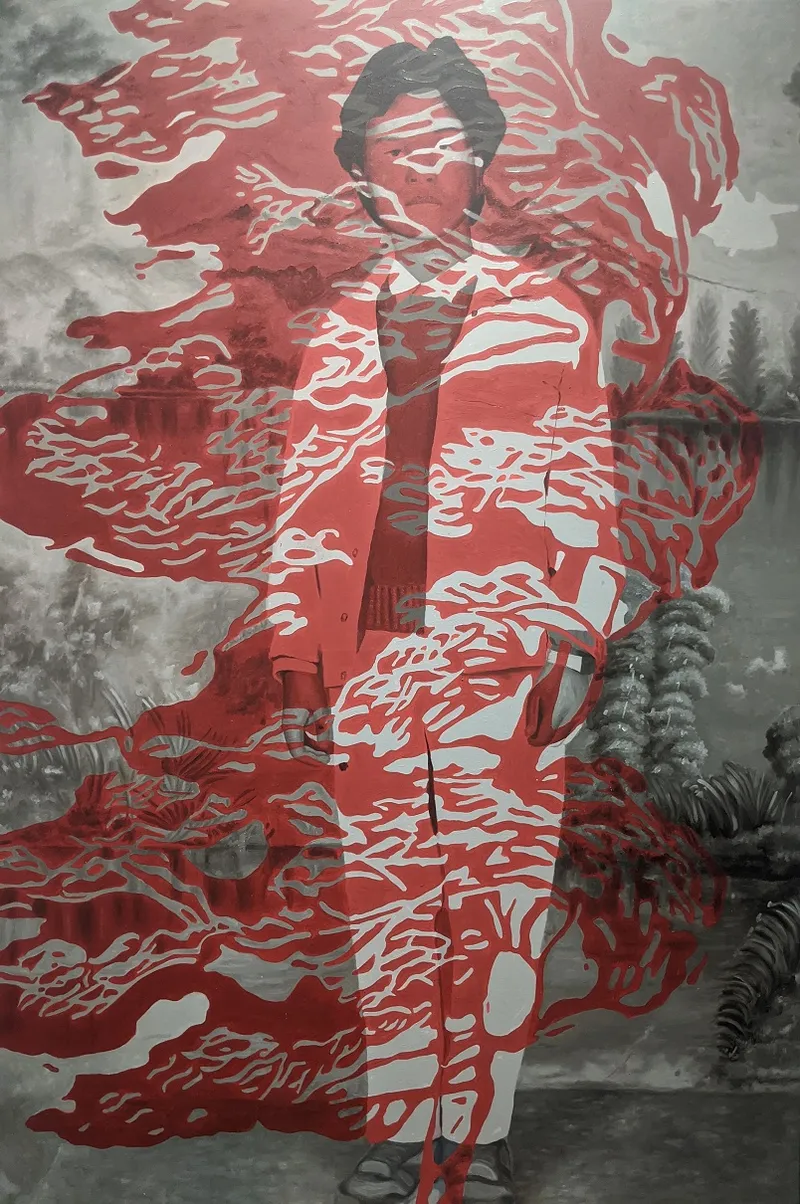
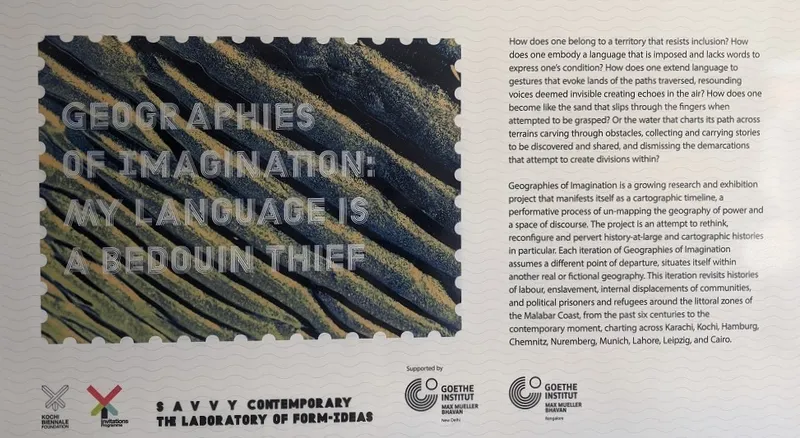
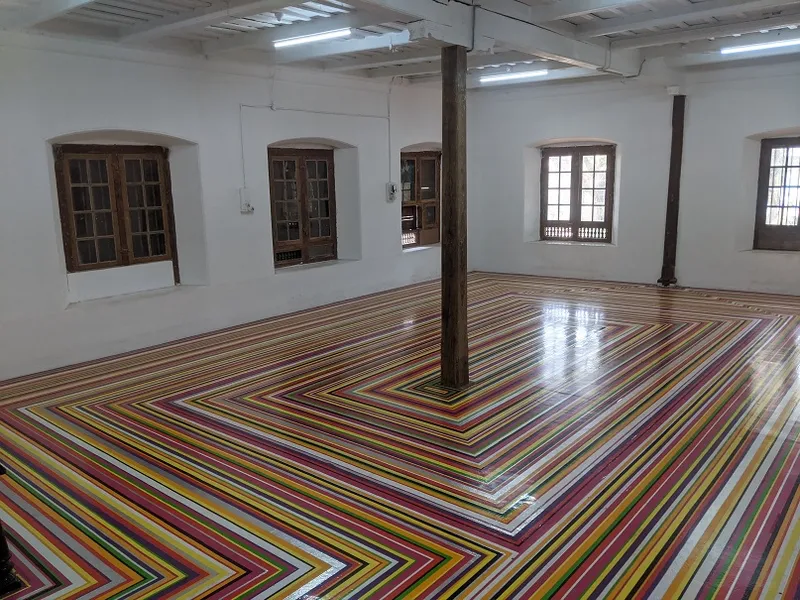
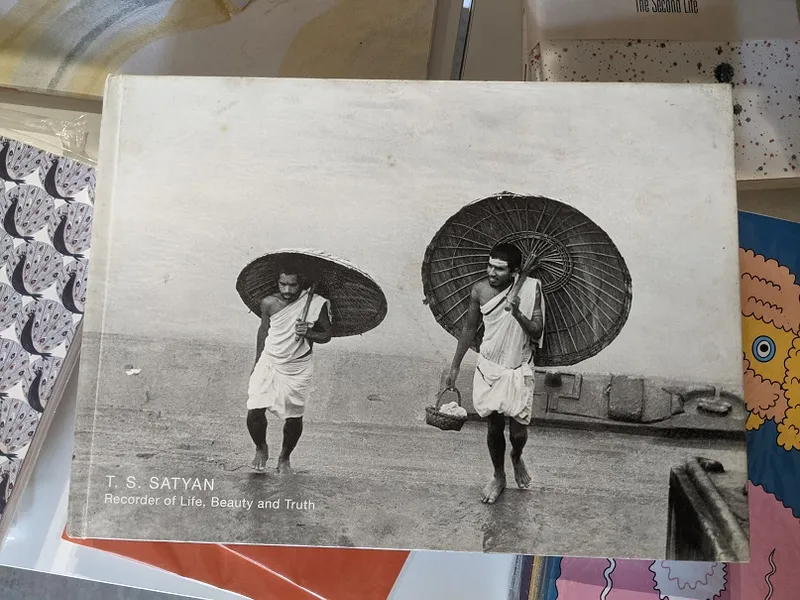
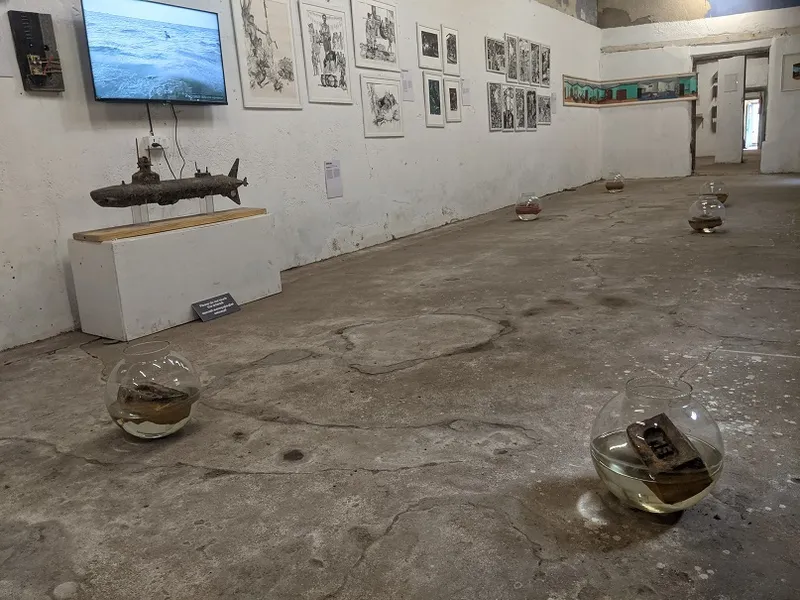
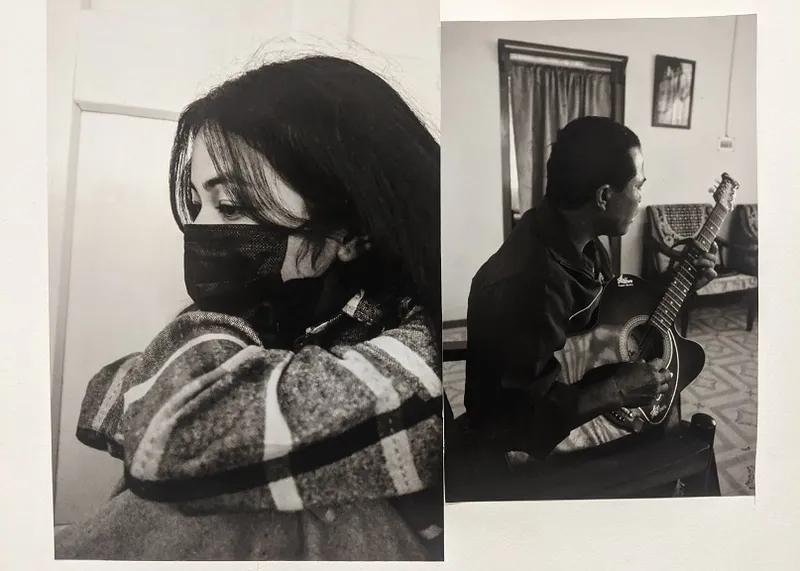
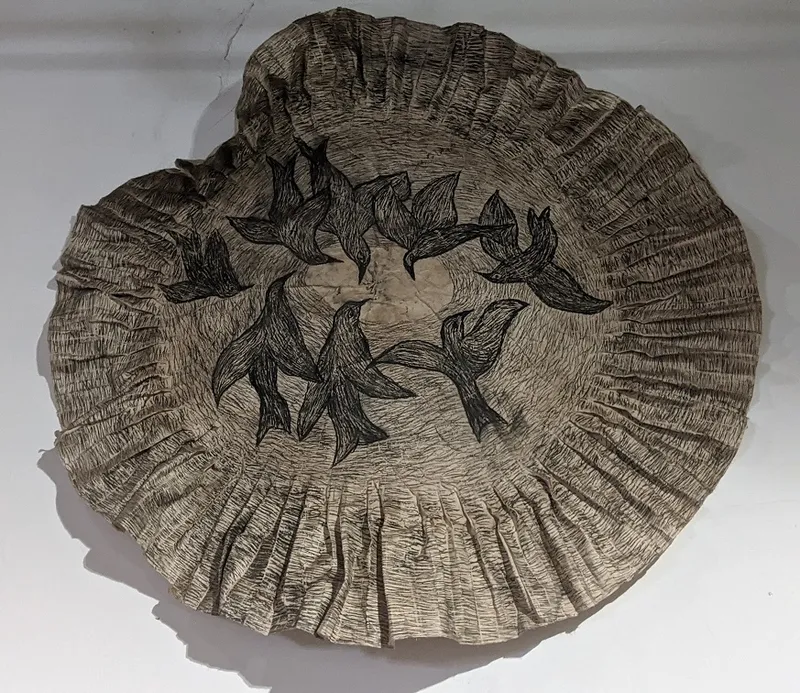
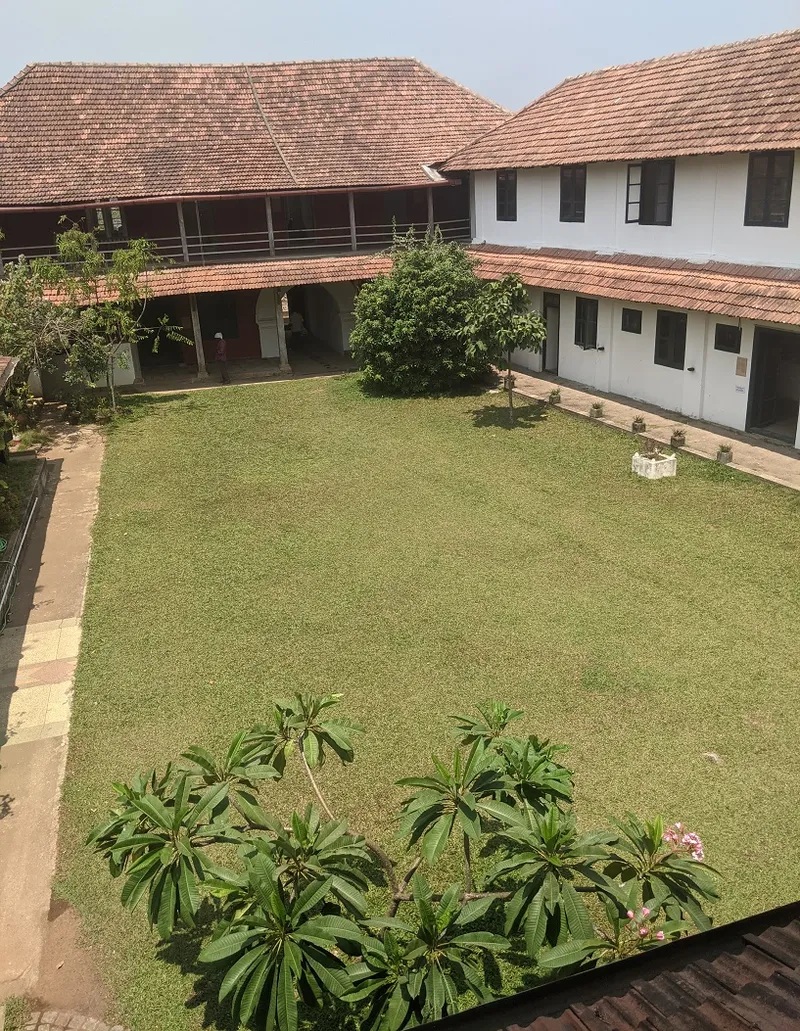
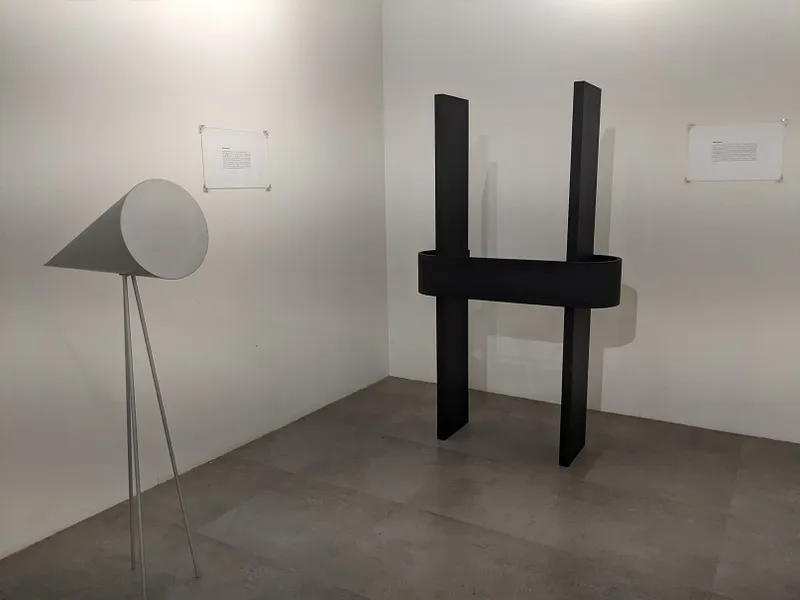
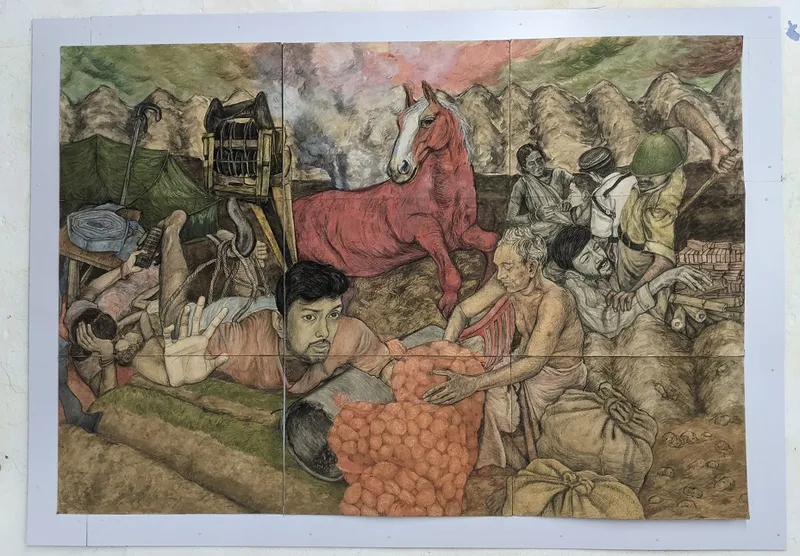
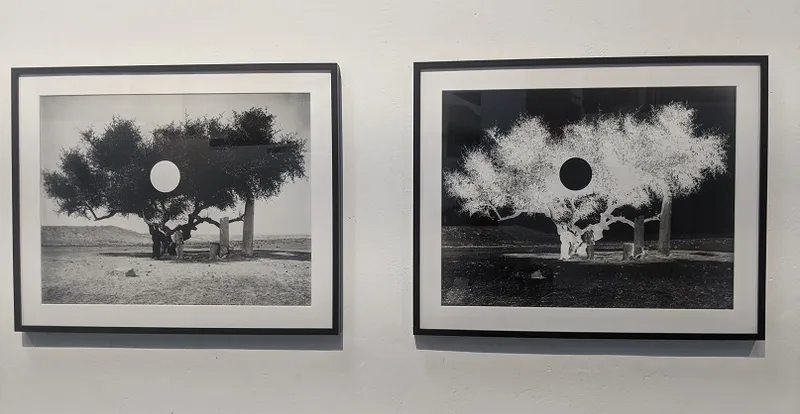
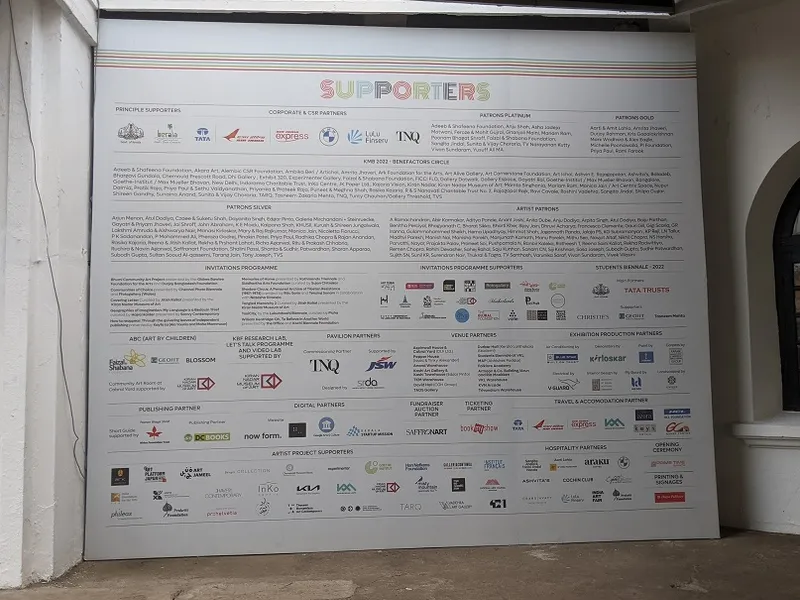
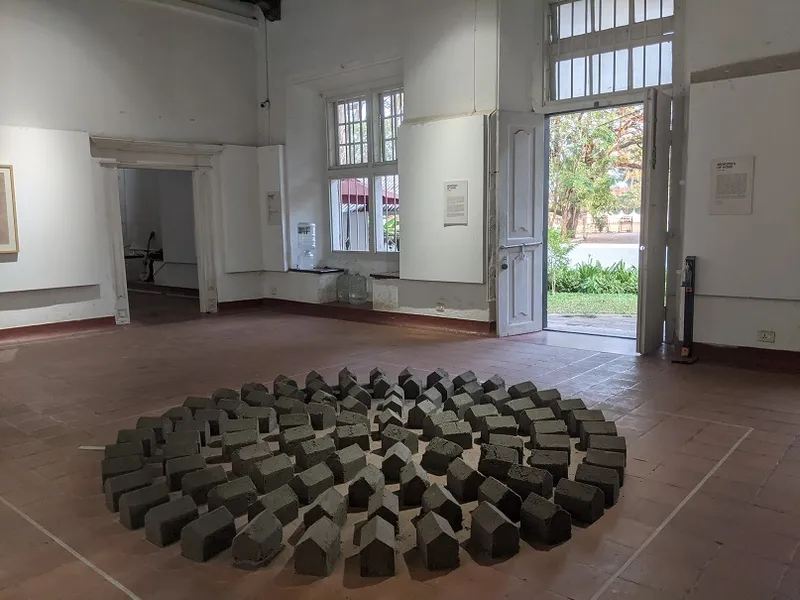
(All photographs were taken by Madanmohan Rao on location at the Biennale.)
See also the YourStory pocketbook ‘Proverbs and Quotes for Entrepreneurs: A World of Inspiration for Startups,’ accessible as apps for Apple and Android devices.





